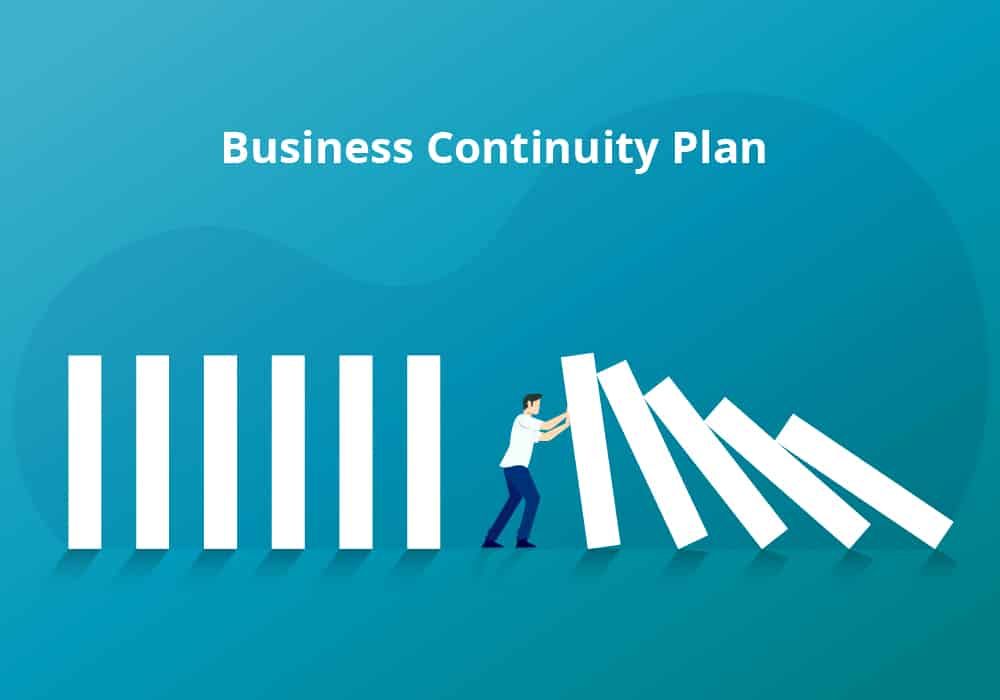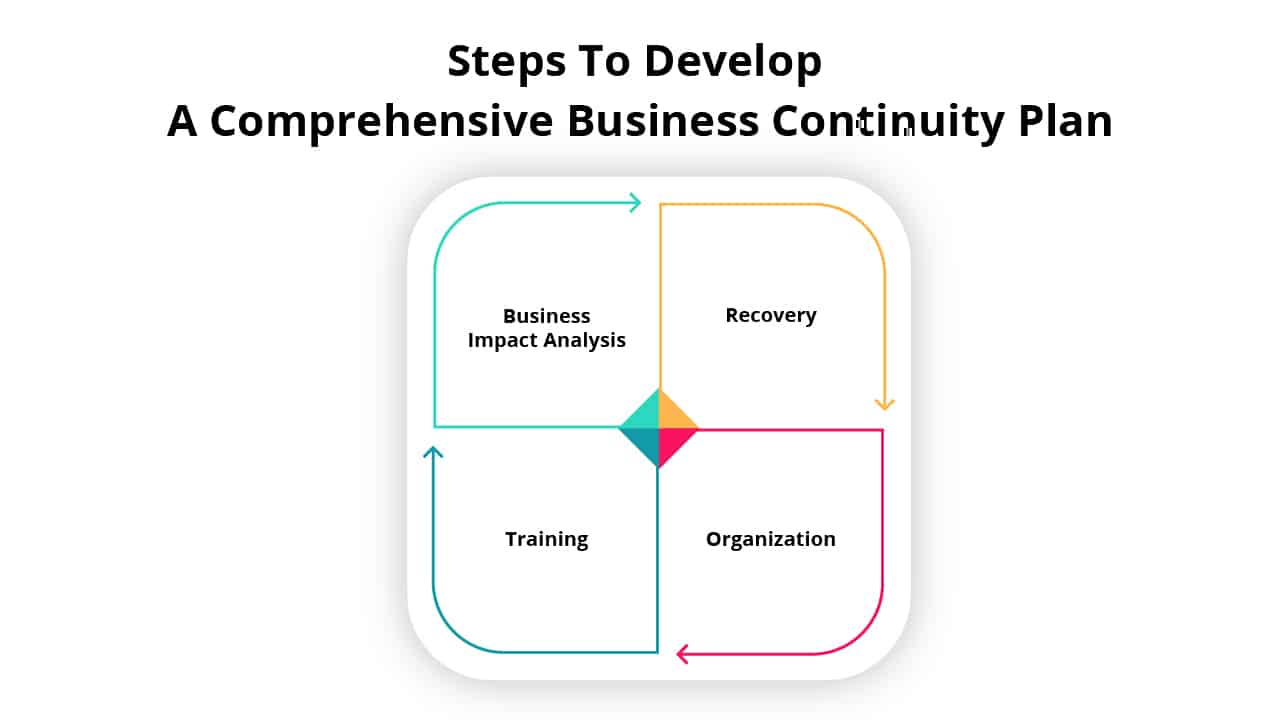Could business continuity plan solve your business problems?

When a business faces hard times, you may be frustrated with your own strategies if it doesn’t support to overcome the existing business situation. When a business is in threat, it can cost money. You will lose revenues and your profit will reduce. Insurance cannot alone meet all your expenses and cannot replace customers that defect to the competition. A business continuity plan (BCP) is essential to overcome such situations.
What is business continuity plan?
Simply says, a business continuity plan is a document that comprises critical information a business needs to continue operating during an accidental event. Business continuity planning (BCP) is the process involved in forming a system of prevention and retrieval from possible threats to a company. The proposal ensures that personnel and possessions are protected and are able to function quickly in the event of a catastrophe. The BCP is largely considered in advance and involves input from key stakeholders and personnel.
A business continuity plan is defining any and all risks that can disrupt the company’s operations, making it a significant part of the organization’s risk management strategy. Risks may include natural disasters—fire, flood, or weather-related events—and malfunctioning of machinery or cyber-attacks.
Once the risks are known, the plan should also include:
- Determining how those risks will disrupt operations
- Applying defences and actions to mitigate the risks
- Testing processes to ensure they work
- Studying the process to make sure that it is up to date
The important thing is, if you are preparing a business continuity plan, you should have a better knowledge of what threats are surrounding you and what would be the impact of the threat that you expected. Being called it’s unexpected, but in the actual sense as a strategic planner, your risk management team should expect such consequences.
A business continuity plan is an important part of any business. It should state the vital functions of the business, know which system and processes must be sustained, and understand how to maintain them. It should take into justification any possible business disruption.
Understanding business continuity planning
Businesses are exposed to a host of catastrophes that vary in degree from minor to terrible. Business continuity planning is naturally meant to help a company continue operating in the event of major disasters such as fires. Business continuity plans are different from a disaster recovery plan, which focuses on the recovery of a company’s IT system after a crunch.
For example, a finance company based in a major city put a BCP in place by taking steps comprising backing up its computer and client records offsite. If something were to happen to the company’s corporate office, its satellite offices would still have access to significant information.
Note: business continuity plan may not be effective if a large section of the population is affected, as in the case of a disease outbreak. If the Corona Virus (covid-19) spreads all around it may difficult for the business to overcome the consequences by framing a BCP.
Creating a business continuity plan
Companies use several steps to develop a comprehensive business continuity plan.

- Business Impact Analysis: Here, the business will recognize functions and associated resources that are time-sensitive.
- Recovery: In this section, the business must identify and implement phases to recover critical business functions.
- Organization: A continuity squad must be generated. This team will devise a plan to manage the trouble.
- Training: The continuity team must be trained and verified. Fellows of the team should also complete exercises that go over the plan and strategies.
Apart from these steps, the BCP should contain the following items:
- Initial data, comprising vital contact information, located at the beginning of the plan
- Revision management process that defines change management procedures
- Purpose and scope
- How to use the plan, including rules as to when the plan will be started
- Policy information
- Emergency response and management
- Step-by-step procedures
- Agendas and flow diagrams
- Schedule for revising, verifying and updating the plan
Companies may also find it useful to come up with a worksheet that includes key details such as emergency contact information, a list of resources the continuity team may need, where backup data and other required information are housed or stored, and other important personnel. Along with analyzing the continuity team, the company should also test the business strategy itself. It should be verified quite a lot of times to ensure it can be practical to many different risk situations. This will help identify any weaknesses in the strategy which can then be recognized and modified.

Analysis of business continuity impact
An important part of developing a Business continuity plan is a business continuity impact analysis. It detects the effects of disturbance of business functions and processes. It also uses the information to make decisions about recovery primacies and plans.
Foreign Exchange Management provides an operational and financial impact schedule to help run a business continuity analysis. The schedule should be completed by business function and process managers who are well familiar with the business. These schedules will summarize the following:
The impacts—both monetary and operational—that shoots from the loss of individual business functions and process
Identifying when the loss of a function or process would affect the identified business impacts
Finalizing the analysis can help companies identify and prioritize the processes that have the most impact on the business’ monetary and operational functions. The point at which they must be recovered is commonly known as the “recovery time objective.”


